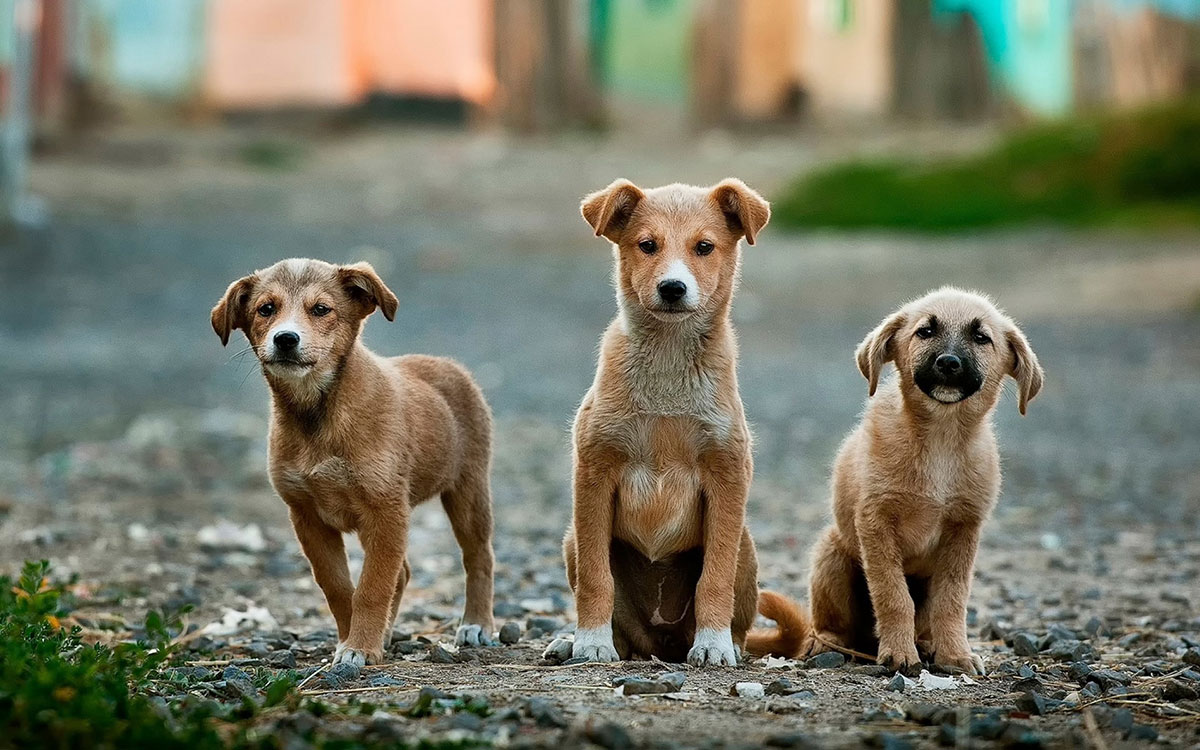Have you ever looked into your dog’s eyes and thought, “We could make the world a little better together?” For those of us with wagging-tailed companions, our daily routines shape not just our dogs’ lives, but the health of our planet. It’s easy to forget that the little things—like what we feed our pups or how we clean up after walks—add up to a big impact. But what if every fetch, belly rub, and treat could also help protect the environment? Imagine your home as a haven for both your furry friend and Mother Earth. Let’s dive into ten inspiring, practical ways you can become an eco-friendly dog owner, all while keeping those tails wagging.
Choose Sustainable Dog Food

The food we serve our dogs can leave a surprisingly large pawprint on the planet. Many commercial dog foods rely on resource-heavy meats and single-use packaging. Choosing brands that use responsibly sourced proteins, such as fish from well-managed fisheries or chicken from humane farms, can make a real difference. Some companies now offer dog food made from insects or plant-based recipes, which cut down on water and land use. Look for products packaged in recyclable or compostable materials, too. It might feel strange at first to swap out old favorites, but your dog’s health won’t skip a beat—many eco-conscious options are packed with nutrition. If you have a picky eater, try mixing new foods gradually. Remember: every meal is a chance to show love for your dog and the earth.
Compost Your Dog’s Waste Responsibly
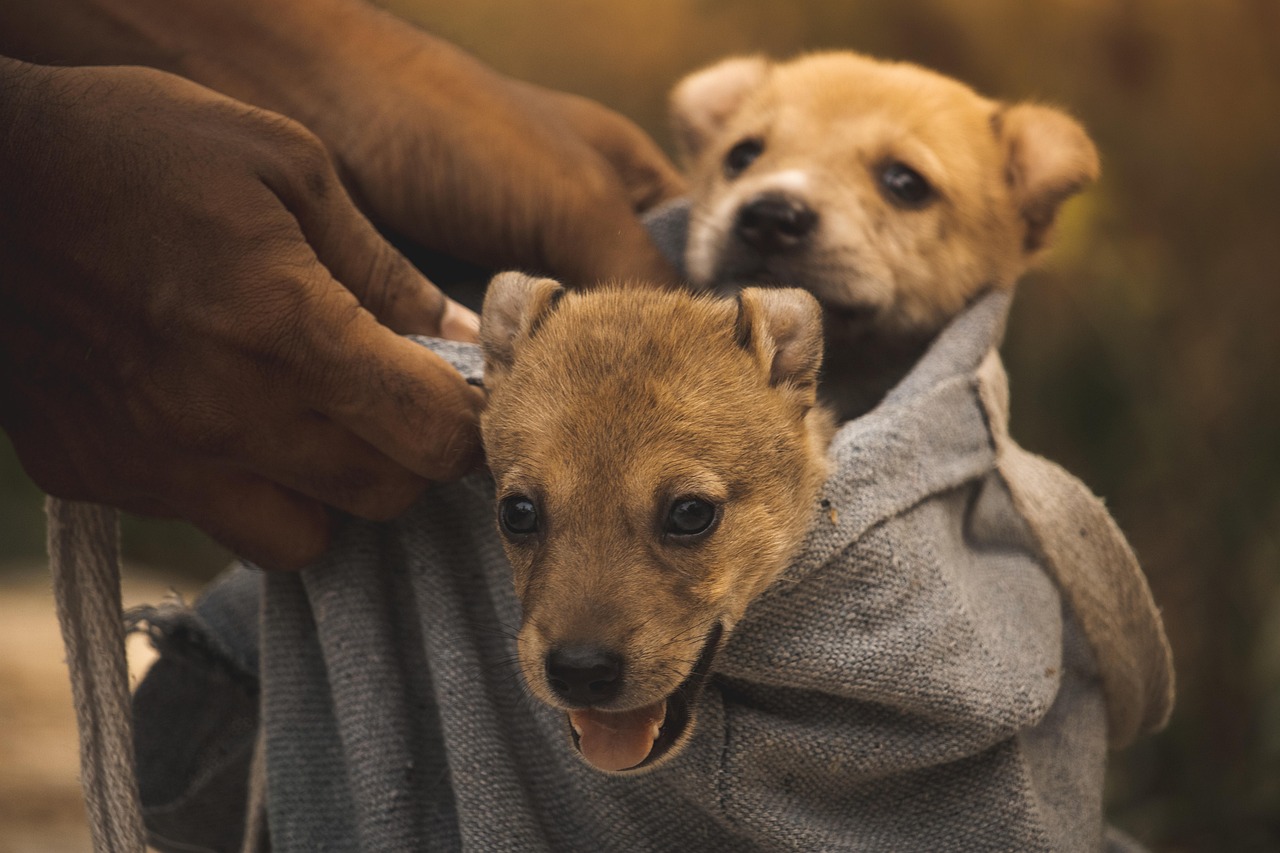
Dealing with dog waste is an unglamorous, but vital, part of pet ownership. Standard plastic poop bags can take hundreds of years to break down, piling up in landfills and polluting the environment. Switching to biodegradable bags is a simple yet powerful step—these break down much faster, especially when properly composted. Some cities even have special programs for composting pet waste, so it’s worth checking your local resources. If you have a backyard, consider a dedicated pet waste composter, which keeps harmful bacteria out of your regular compost. Never add dog waste to veggie gardens, though! It’s a small habit, but it adds up: a cleaner yard, a cleaner planet.
Pick Eco-Friendly Grooming Products
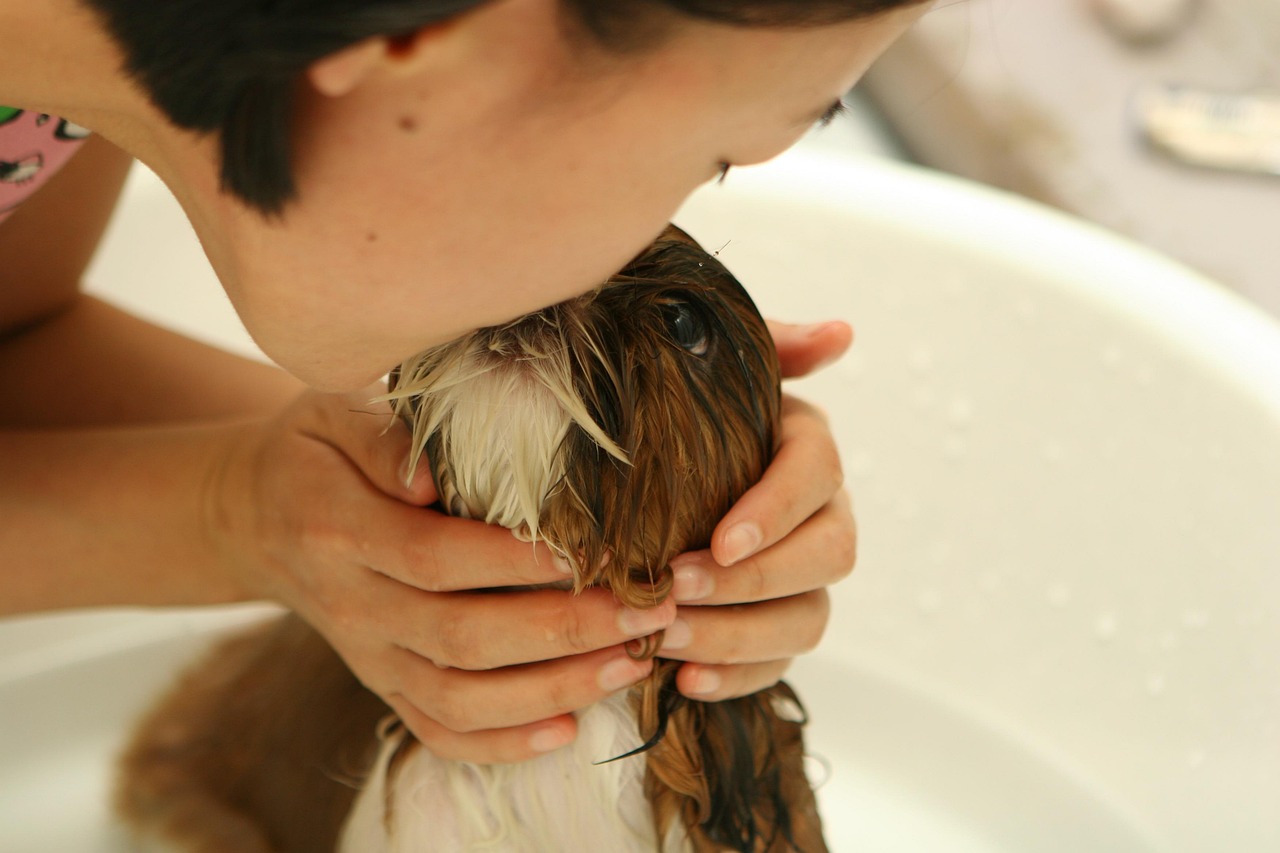
Shampoos, conditioners, and flea treatments often contain harsh chemicals that can harm waterways and sensitive dog skin. There’s good news though: plenty of natural grooming products are just as effective! Look for plant-based shampoos free from sulfates, parabens, and artificial fragrances. These not only protect your pup’s coat but also keep toxins out of rivers and streams when you rinse them off. Bamboo grooming brushes and compostable wipes are also better alternatives than their plastic-heavy counterparts. Even little changes, like switching to a reusable towel instead of paper, help cut down on waste. Your dog will smell sweet, and the earth will, too.
Choose Durable, Green Toys
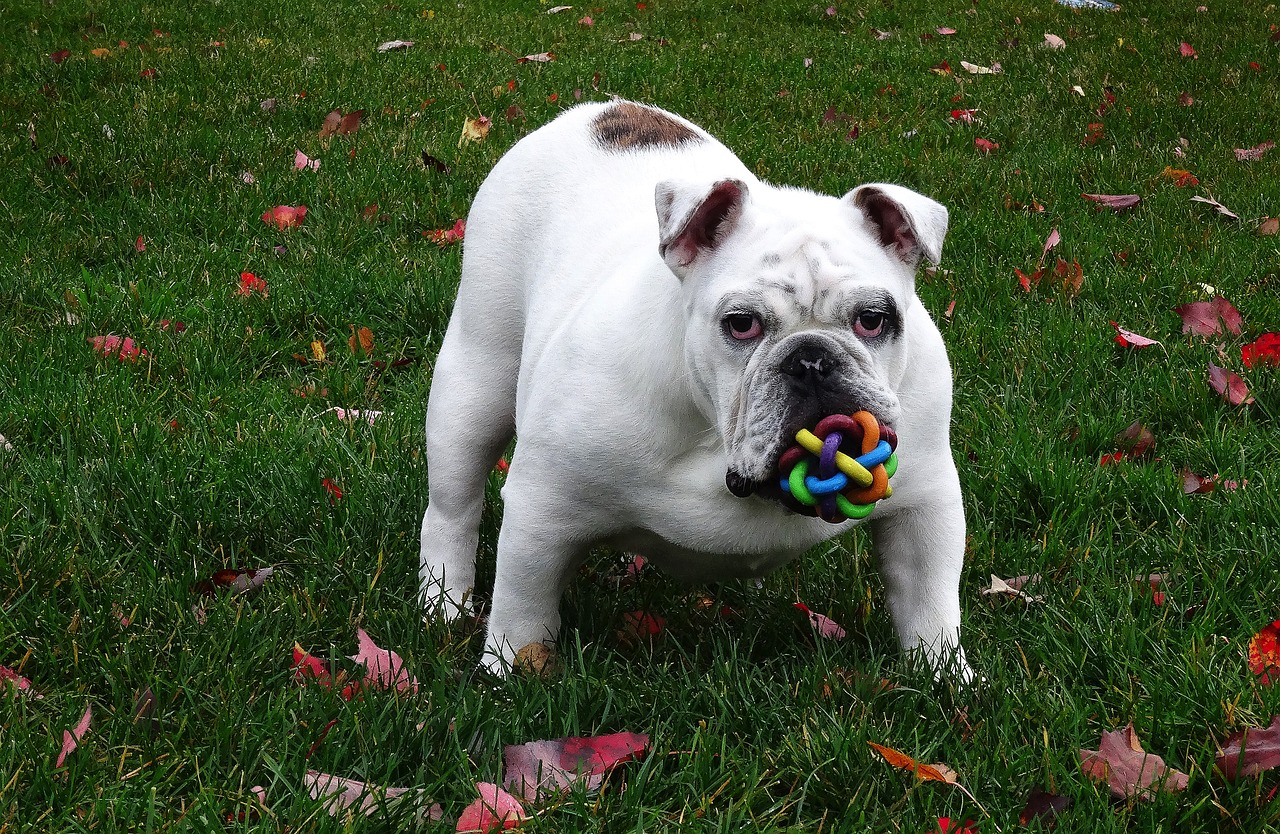
Toys are a source of happiness and exercise for dogs—but cheap, plastic toys often end up in the trash after just a few play sessions. To cut down on waste, opt for toys made from natural rubber, hemp, or recycled materials. These tend to last longer and hold up better against even the most enthusiastic chewers. Some brands even recycle old toys into new ones, creating a closed loop of fun! Rotating toys and repairing small rips extends their lives and keeps your pup interested. When the end does come, look for recycling programs for pet toys. It’s a win-win: fewer broken squeakers in the landfill, more joy in your living room.
Embrace Reusable Gear and Accessories
Leashes, collars, and harnesses can be made from eco-friendly materials like organic cotton or recycled plastics. Instead of buying new gear every season, choose high-quality items that last for years. Some innovative companies even offer gear repair services, so a chewed buckle or frayed leash doesn’t mean it’s time to toss it. Swapping out single-use puppy pads for washable, reusable versions is another smart move. Water bowls and food dishes made from stainless steel or bamboo are longer-lasting and easier to clean than plastic alternatives. These small steps help save money, reduce landfill waste, and keep your pup looking stylish.
Adopt, Don’t Shop
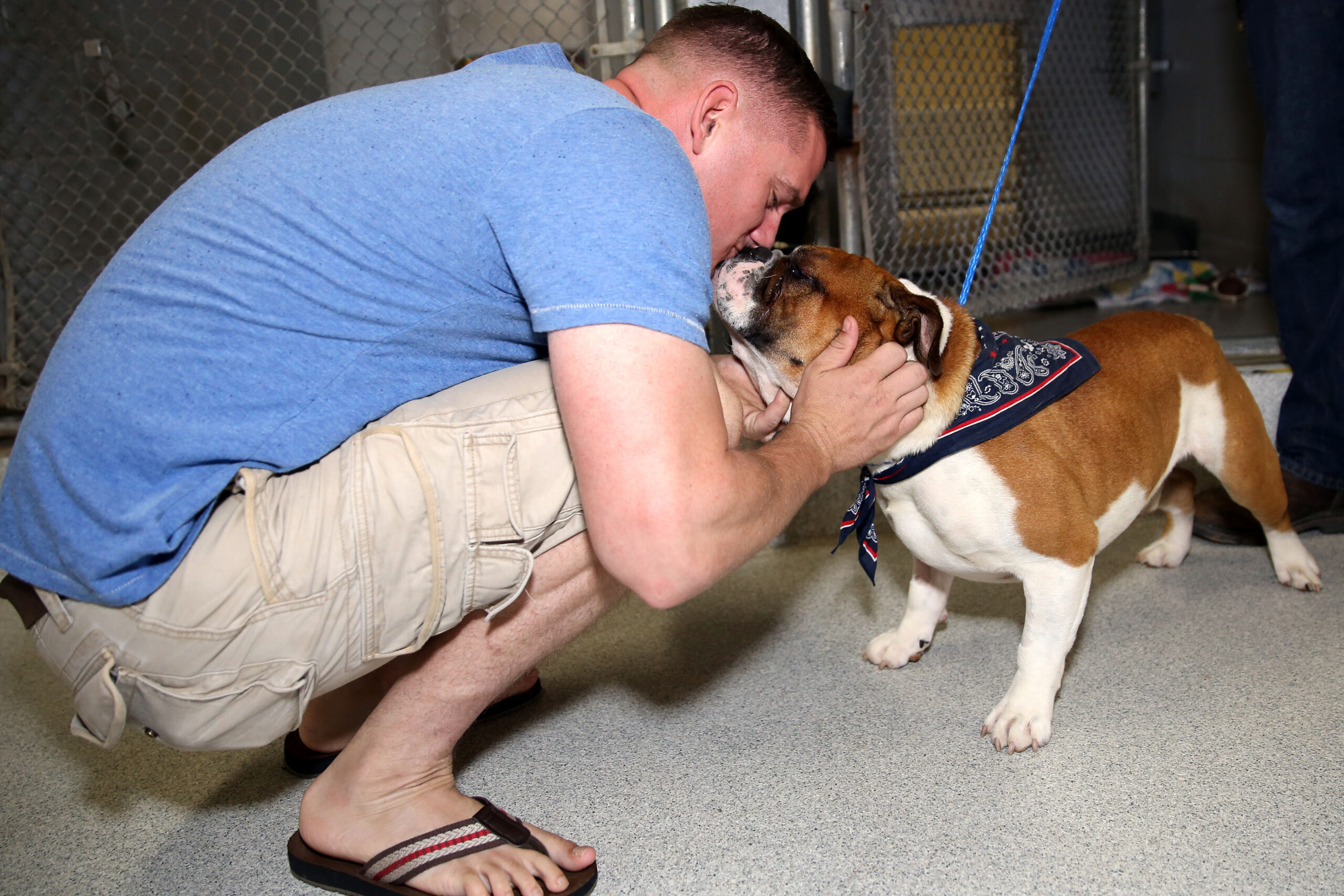
One of the most earth-friendly choices you can make is to adopt a dog from a shelter or rescue. Breeding and transporting purebred puppies often comes with a big environmental cost, from resource-intensive breeding facilities to long-distance travel. When you adopt, you give a second chance to a deserving animal and reduce demand for commercial breeding. Many shelter dogs are already spayed or neutered, helping to control the pet population and reduce the strain on local ecosystems. Plus, the joy of seeing a rescued dog bloom in your home is simply unbeatable—there’s a special kind of love in giving a pup a fresh start.
Reduce, Reuse, Recycle—Even for Dogs
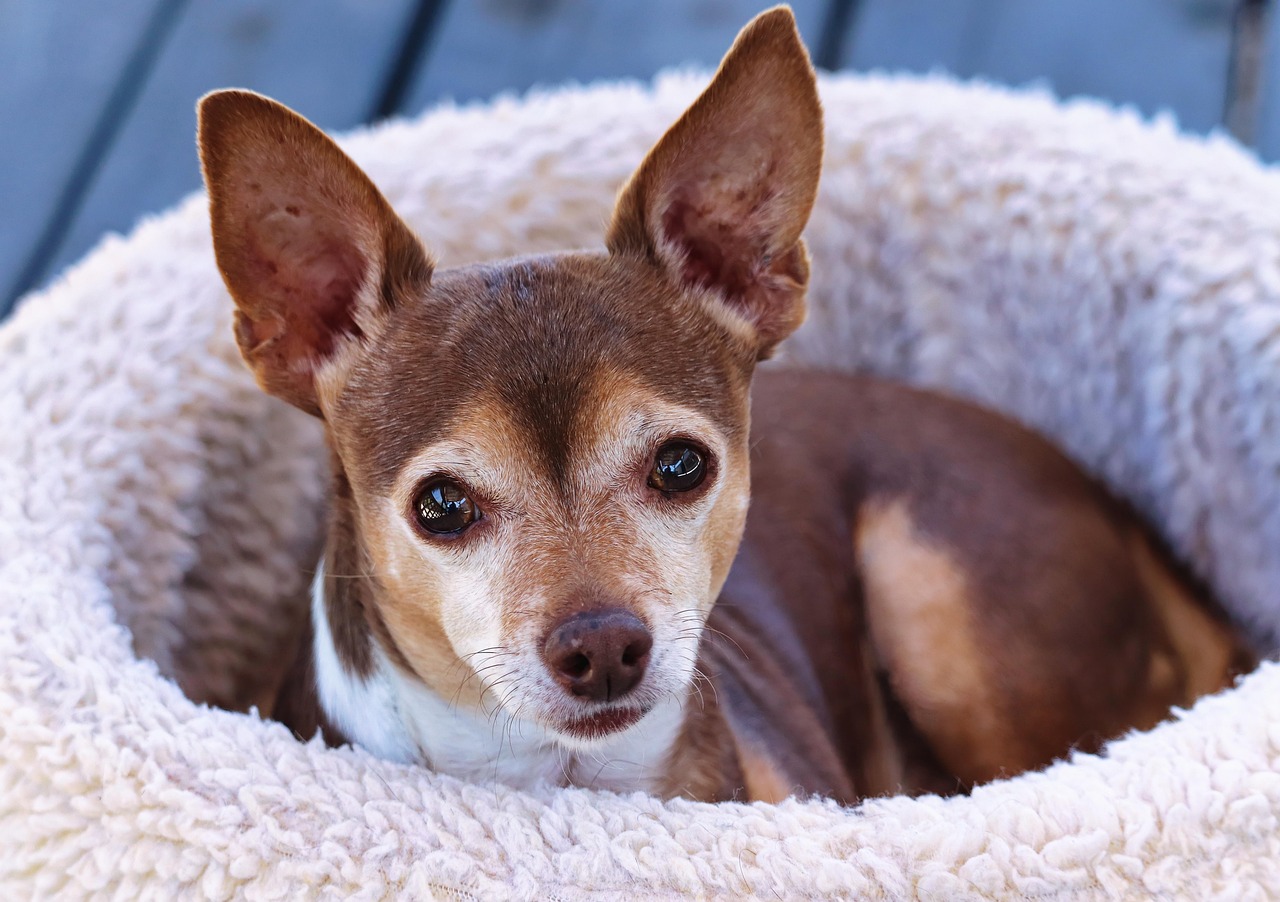
Our furry friends generate a surprising amount of waste, from empty treat bags to worn-out bedding. But much of this can be reduced or reused with a little creativity. Transform old blankets into cozy dog beds or turn worn-out towels into cleaning rags. Save jars and containers for treats or homemade snacks. When it’s time to toss gear, check if it can be recycled—many cities now accept pet items made from certain plastics or metals. Even dog tags and collars can sometimes be repurposed for art or crafts. Every little bit helps, and your dog won’t mind snuggling up on a recycled blanket one bit!
Walk More, Drive Less
It’s tempting to hop in the car for a quick trip to the dog park, but those short drives add up in emissions. Walking your dog around the neighborhood instead is a greener choice—and it does wonders for both your health and your pup’s happiness. You’ll discover new smells, meet neighbors, and reduce stress along the way. If you need to travel farther, consider carpooling with other dog owners or using public transportation where allowed. For bigger adventures, choose parks within walking or biking distance when possible. Every mile walked is a small step toward a cleaner atmosphere and a closer bond with your four-legged friend.
Make Your Yard a Wildlife-Friendly Oasis
Your backyard can be more than just a play space for your dog—it can also nurture local wildlife. Planting native flowers and shrubs provides food and shelter for birds, bees, and butterflies. Avoid using chemical fertilizers or pesticides, which can harm both your dog and the environment. Instead, opt for natural pest control methods, like introducing ladybugs or using neem oil. Install a rain barrel to collect water for your garden, reducing runoff and conserving resources. Fencing off a “dog zone” keeps your pup safe while allowing other parts of the yard to become wildlife havens. Watching your dog nap in the grass while birds flutter nearby is a simple joy—nature and nurture, side by side.
Support Eco-Conscious Brands and Initiatives
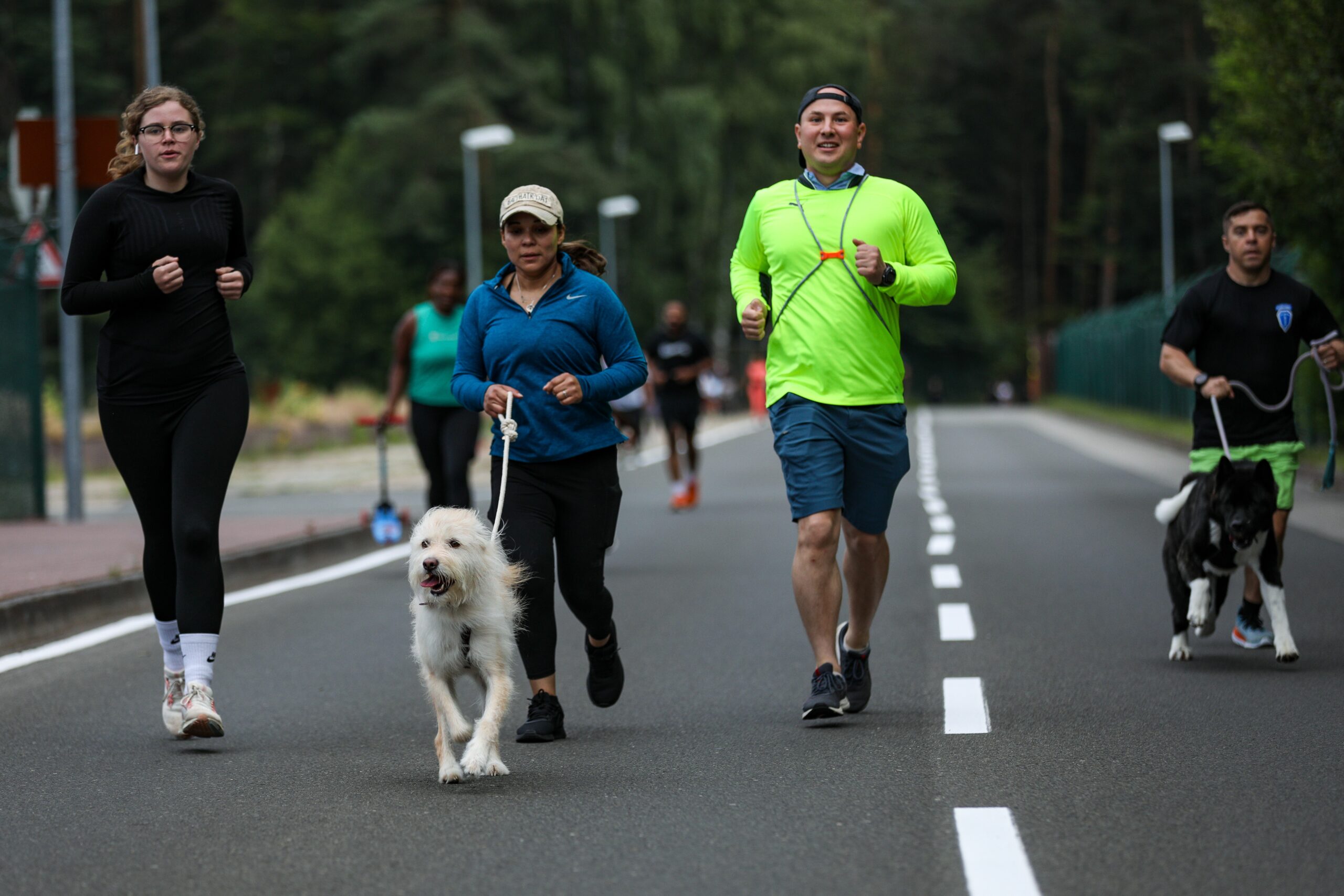
Where you spend your money matters. Choose to support companies that prioritize sustainability, whether it’s through ethical sourcing, plastic-free packaging, or renewable energy in their operations. Many brands now donate a portion of profits to animal shelters or environmental causes. Look for certifications like “B Corporation” or “USDA Organic” when shopping for dog products. You can even join local clean-up events or tree-planting days with your pet. By making mindful choices, you send a message to companies and communities alike: dog lovers care about the planet. And when you share your favorite finds with friends, you help create a bigger ripple of positive change.
What earth-loving habit will you and your pup try next?

Esther is from India; the heartbeat of South Asia, holding a Master’s degree in Zoology and a postgraduate diploma in Animal Welfare. Her enthusiasm for animal welfare drives her passion and dedication to working for animals, ensuring their well-being, and advocating for their rights. With a solid academic background and hands-on experience, she is committed to making a positive impact in the field of animal welfare. In her free time, she enjoys embroidery and sewing. As a Chennaite from Tamil Nadu, Esther loves Bharathanatyam, an Indian classical dance form.





